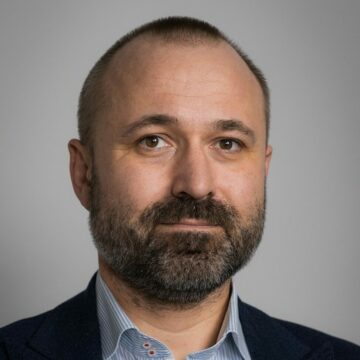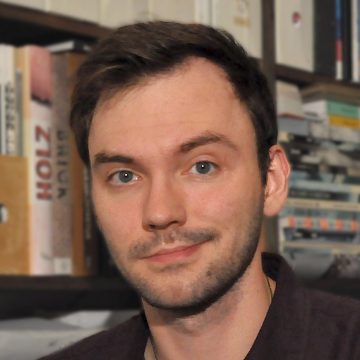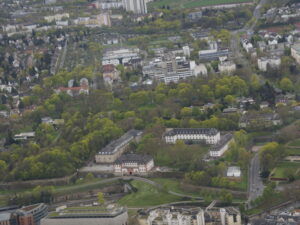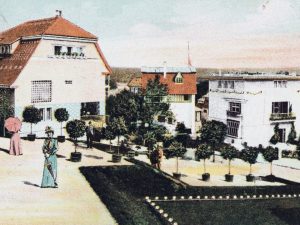The emerging BIM methodology and the exchange data format IFC are changing the way of collaboration, visualisation and documentation in 3D models for planning, construction and faculty management processes. The introduction and development of the Semantic Web, spreading the idea of structured, formalised and linked data, offers semantically enriched human- and machine-readable data.
In contrast to civil engineering (BIM/IFC) and cultural heritage (CIDOC CRM), academic object-oriented disciplines, like archaeology, art and architecture history, are acting as outside spectators. Since the 1990s, however, it has been argued that a 3D model is not likely to be considered a scientific reconstruction unless it is grounded on accurate documentation and visualisation.
Thus, there have been many calls for an approved e‑documentation related to 3D reconstruction projects, but these standards are still missing and the validation of the outcomes is not fulfilled. Meanwhile, the digital research data remain ephemeral and the 3D reconstruction projects continue to fill the growing digital cemeteries.
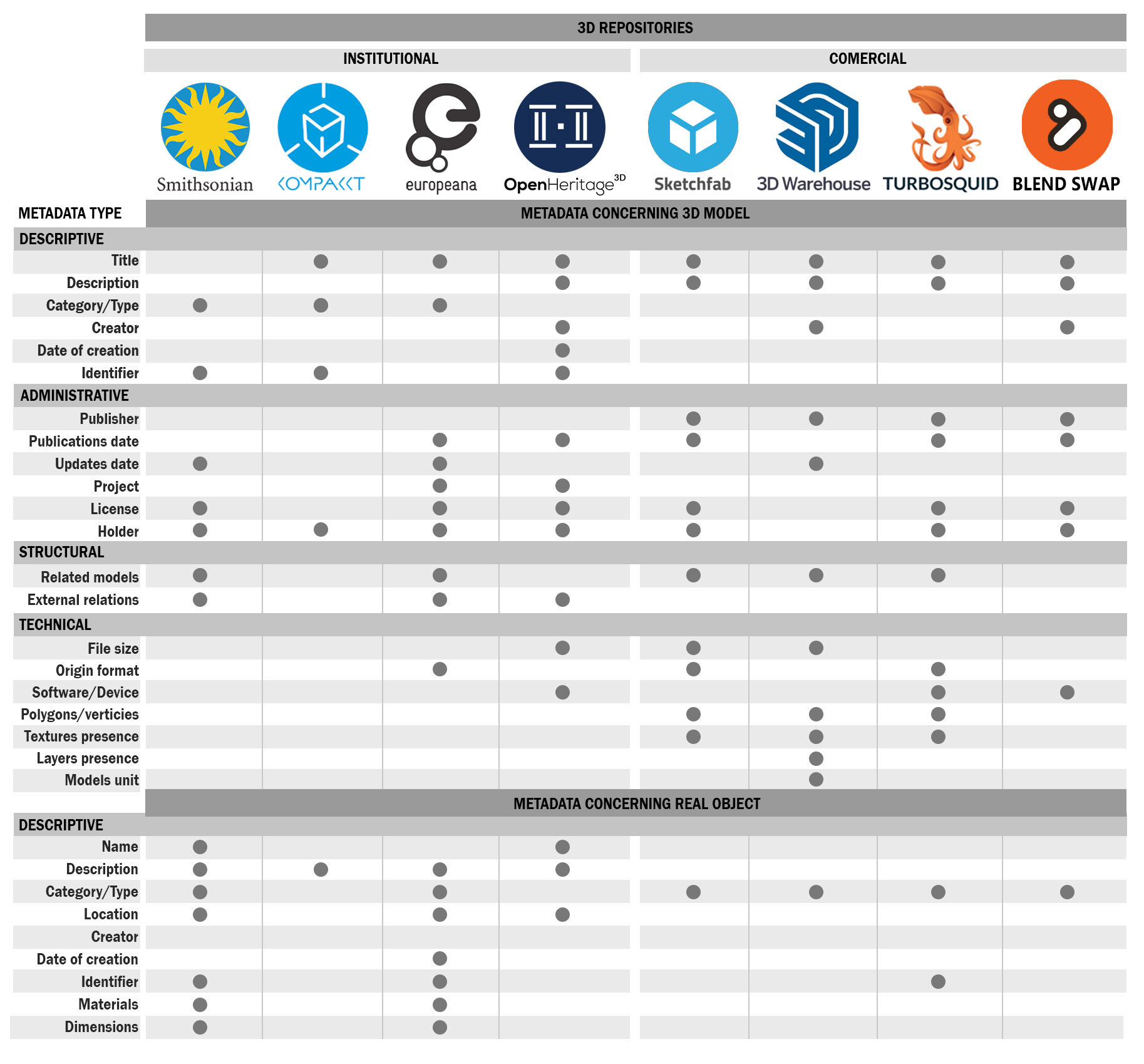
Compilation of metadata documenting 3D models using representative repositories of 3D models from commercial and institutional offerings as examples.
Compilation of metadata documenting 3D models using representative repositories of 3D models from commercial and institutional offerings as examples.
The dissertation by Igor Bajena focuses, in this context, on challenges concerned publication and documentation of the source-based 3D reconstructions in the domain of archaeology, art and architecture history. In particular, it deals with the creating a methodology that takes into account the documentation of scientific work and the development of a tool for the publication of scientific models that meet the standards of data publication in the web known as FAIR Principles (2016), as well as guidelines for working on digital models in the field of archelogy, as well as art history and architecture such as London Charter (2006) or Seville Principles (2011).
The main questions that are taken into consideration are:
- How to document the process with minimal effort to ensure the scientific value of the work?
- How the documentation of the work be integrated with the model in a way that allows their joint publication?
- How to publish the results of scientific work on reconstruction in a way that ensures the long-term preservation of data and their readability not only for humans, but also for machines?
The work initially focuses on developing a scientific methodology for working on hypothetical 3D reconstruction, which will be tested by a group of students, with particular emphasis on the attempt to include information about the process in the model in various software. The results of the work will be published in the proprietary scientific repository along with a set of metadata for documentation and visualization of the model with attached data in a web-based viewer.
In the end, this process will lead an answer to the question of how to estimate the scientific value of a 3D model. The considerations also take into account the need to ensure the preservation, availability or re-usability of the data.

Scheme of the proposed set of metadata documenting 3D reconstructions, showing the interrelation between the real object and its virtual equivalent, and a proposal to of data acquisition using identifiers of external data repositories.
Scheme of the proposed set of metadata documenting 3D reconstructions, showing the interrelation between the real object and its virtual equivalent, and a proposal to of data acquisition using identifiers of external data repositories.
Betreuer
Prof. Fabrizio Ivan Apollonio – Dipartimento di Architettura, Università di Bologna & Prof. Dr.-Ing. Piotr Kuroczyński – Architekturinstitut der Hochschule Mainz
Laufzeit des Projekts
01 November 2021 – 31 October 2024 (predicted end)



